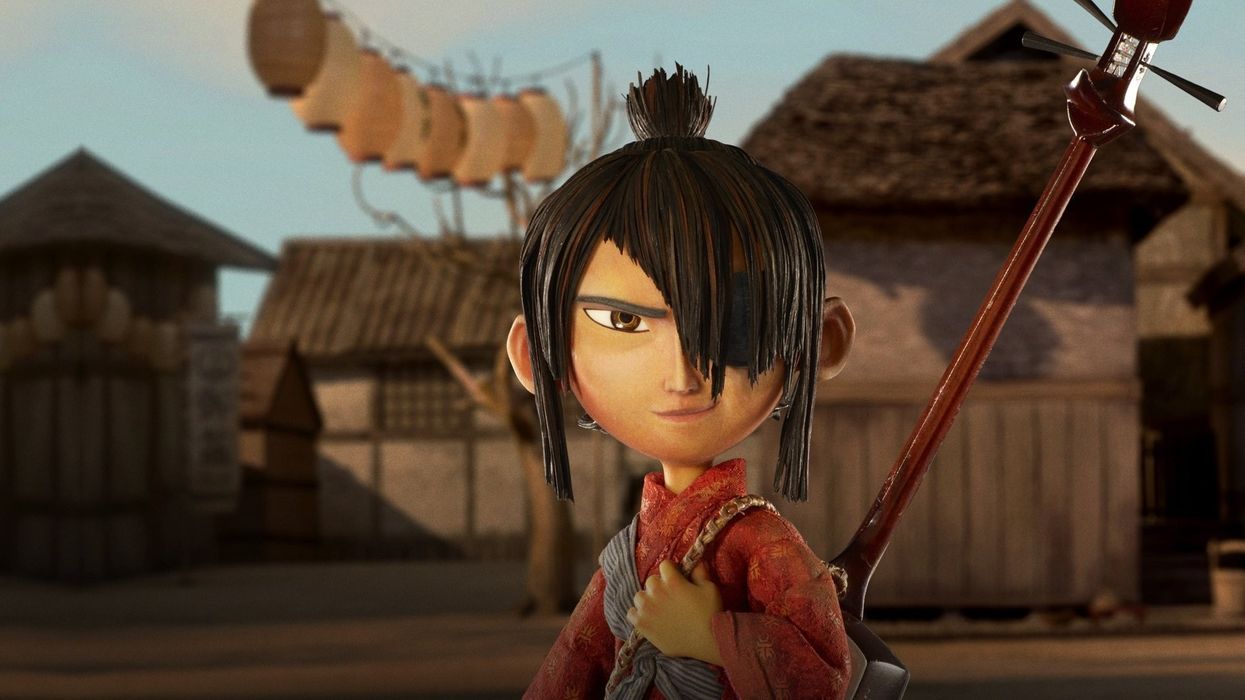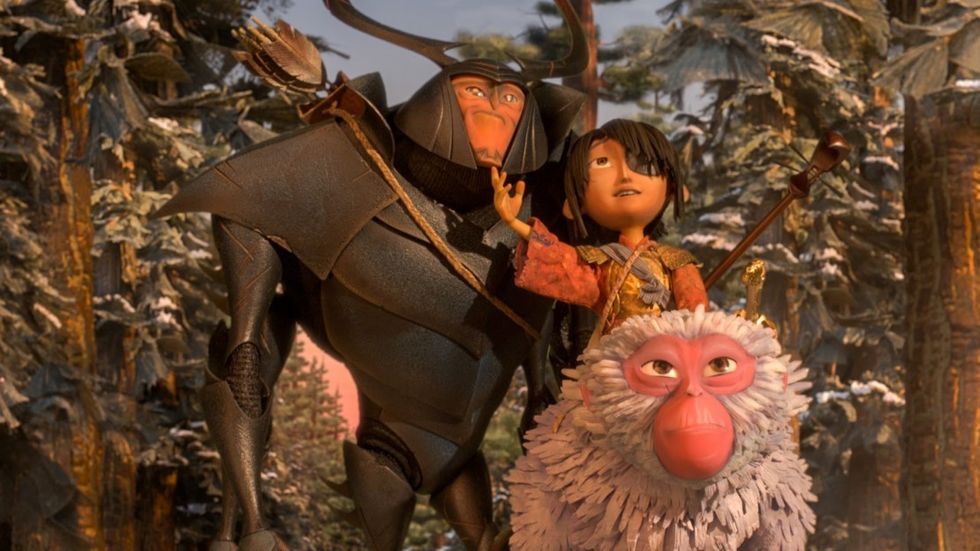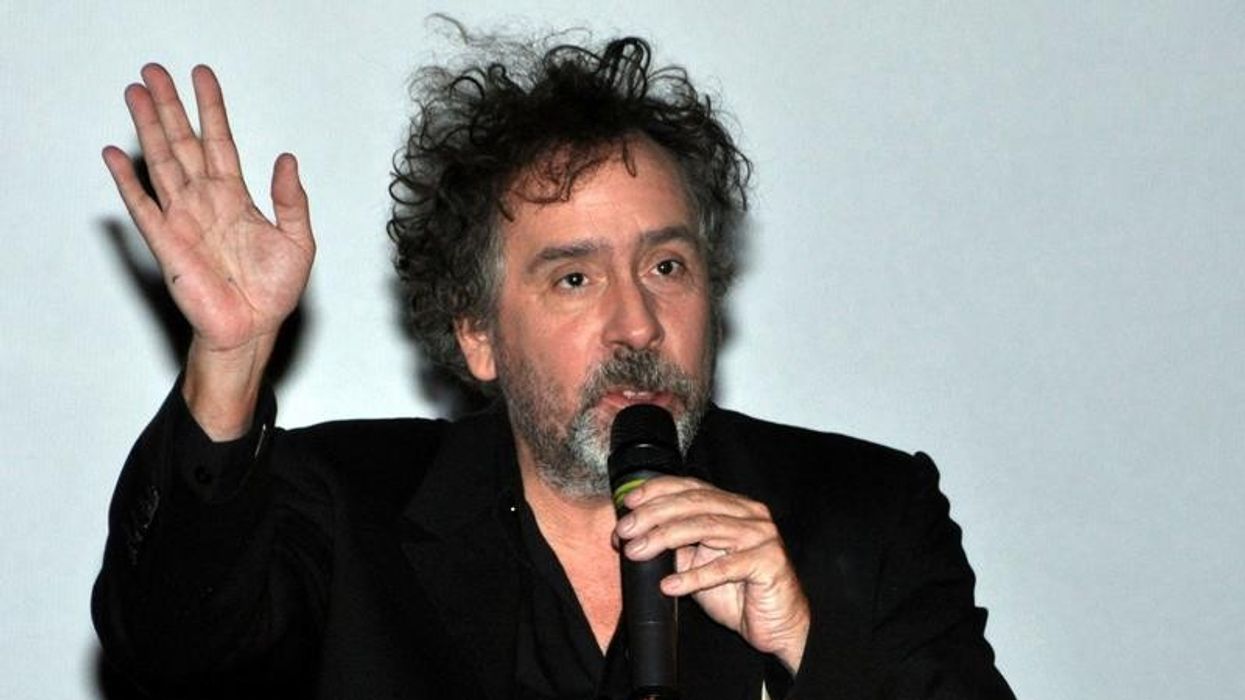Laika CEO's 3 Essential Insights on Stop-Motion Animation
Stop-motion animation can be tricky, but who better to help than the director of Kubo and the Two Strings?

In the digital age, it would be easy for a time-consuming, niche art form like stop-motion to fall by the wayside. But Kubo and the Two Strings director Travis Knight has reinvigorated the medium at his production company, Laika, where passionate, talented teams of animators and artists seamlessly meld the craft of stop-motion with new tools and technology.
If you’ve ever been fascinated by stop-motion, or interested in pursuing your own unique avenue of filmmaking, then watch the video below for inspiring, candid insights from Knight, who shares what initially drew him to the medium and what the day-to-day creative process is like for a stop-motion animator.
Here are three of the most important takeaways from Knight's talk.
1. “There’s all kinds of weird things that come into play when you’re working in stop-motion.”
Laika, Knight’s production company, is based in Oregon where rain is constant and moisture hangs thick in the air. This came into play while shooting Kubo and the Two Strings, where there were sets that had wood floors. Overnight, the wood would absorb the moisture in the air and expand. If you’re shooting a standard live-action film, this would be a non-issue, but when the camera is capturing minute details from frame to frame on a stop motion set, minor shifts can affect entire sequences, which can sometimes be shot over several days or weeks in order for the animators to create all the poses and movements they need to capture.
2. “It’s a performance art.”
Just like actors, stop-motion animators have to hit their marks. The animator figures out the emotion being communicated in a scene, then they create the physical gestures and actions that will communicate that emotion in the best possible way. A stop-motion animator brings to live every movement of every character. (In the video, Knight discuss the dynamic between stop-motion and acting, and also shares Matthew McConaughey’s voice acting secret.)
3. Stop-motion is “a combination of imagination, physical exertion, and mental math capability.”
One second of stop-motion animation film is made up of 24 unique, individual poses for each frame (24 frames per second). Multiply this by 60 seconds, and that means for every minute, there are 1440 unique, individual poses. Then multiply this by 90 minutes, the average length of a feature film, and you’ve got almost 130,000 unique, individual poses that the stop-motion animator has to create. According to Knight, it’s all worth it. At the end of the process, each of those 130,000 poses adds up to something magical: inanimate objects coming to life to tell a story that delivers an emotional impact on the audience.
Kubo and the Two Strings hit theaters Friday, August 19 and stars Oscar-winners Charlize Theron and Matthew McConaughey.
Technicolor proudly provided 2D, 3D, and HDR color grading services on Kubo and the Two Strings. Follow @TechnicolorCrea on Twitter for news about exciting new tools and technologies for filmmakers, as well as director, DP, colorist, and sound video interviews.












